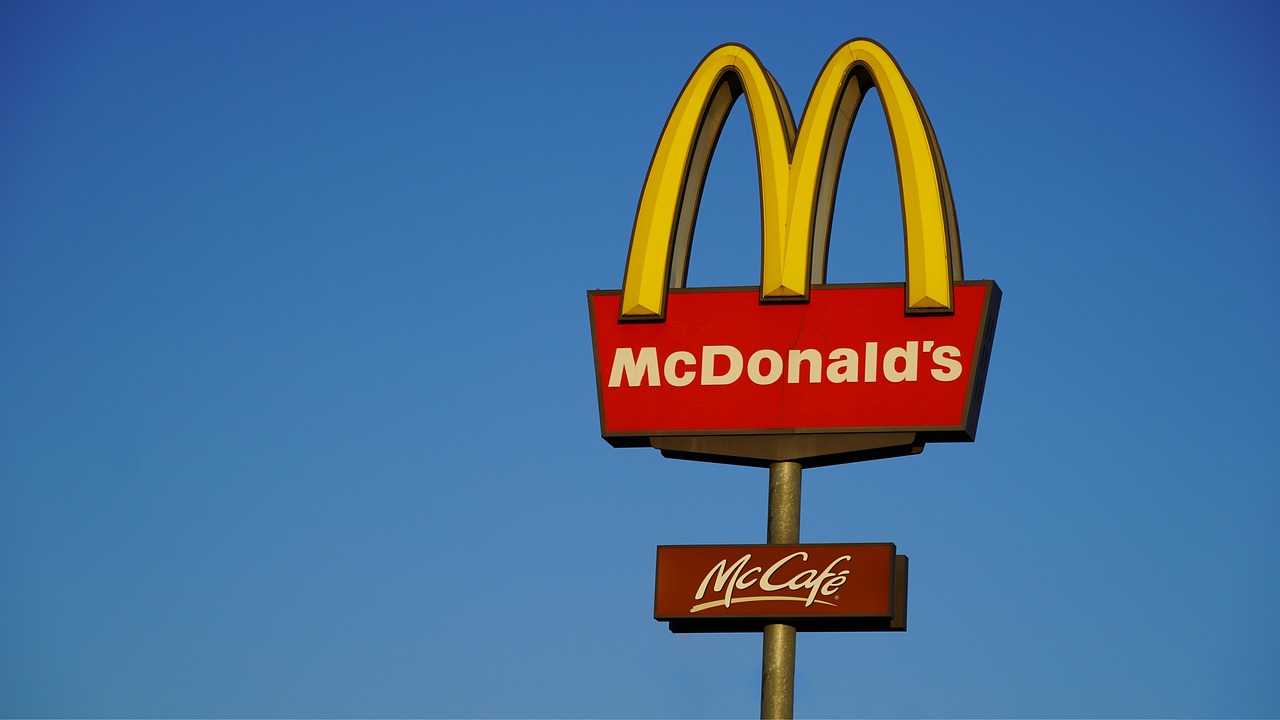Japan’s dining landscape is a fascinating combination of tradition and modernity, showcasing a wide array of culinary offerings. Among these, franchise restaurants have gained significant traction, transforming the nation’s food culture and establishing robust business models. This essay explores the most popular franchise restaurant brands in Japan, backed by historical context, statistical data, and insights into consumer behavior.
Historical Context
Franchise dining in Japan started gaining popularity in the 1960s, with American brands leading the charge. McDonald’s opened its first outlet in Tokyo’s Ginza district in 1971, serving as a catalyst for other global brands to enter the Japanese market. This initial wave heralded a shift in dining habits, paving the way for local brands to adapt the franchising model.
By the late 1980s and 1990s, as Japan underwent significant economic transformation, domestic franchises began emerging. Chains like Sukiya and Yoshinoya capitalized on the burgeoning demand for quick-service meals, demonstrating that even with a strong foreign influence, local tastes could drive profitable business.
Key Franchises and Their Impact
1. McDonald’s Japan:
As one of the most recognized brands globally, McDonald’s has established a robust presence in Japan with over 2,900 outlets as of 2023. The company adapts its menu to cater to local preferences, introducing items like the Teriyaki Burger and Ebi Filet-O Shrimp. In 2022, McDonald’s Japan reported a record sales increase of 18.7%, attributing this growth to menu innovations and effective marketing strategies tailored to Japanese consumers.
2. Yoshinoya:
Founded in 1899, Yoshinoya is Japan’s leading gyudon (beef bowl) chain. With over 1,200 locations, the brand has successfully maintained its status by focusing on value and speed. In recent years, Yoshinoya has diversified its menu to include healthier options, responding to growing health consciousness among consumers. Despite fluctuations during the COVID-19 pandemic, the chain has projected a steady recovery, underscored by a 10% market share in the casual dining sector.
3. Sukiya:
As a rival to Yoshinoya, Sukiya has carved out a niche with a broader variety of gyudon and donburi (rice bowl) offerings. It operates approximately 2,000 branches across Japan, with particular success in metropolitan areas. The restaurant’s focus on affordability—offering meals under 500 yen—has appealed to budget-conscious consumers, resulting in an annual revenue growth of around 7% from 2020 to 2022.
4. Kentucky Fried Chicken (KFC) Japan:
KFC has become synonymous with Christmas in Japan, where it is traditional to enjoy fried chicken during the holiday season. The brand operates more than 1,000 outlets, and in 2021, KFC Japan reported sales of over 130 billion yen, showcasing its dominance in the fast-food poultry market. The local adaptation of KFC’s marketing strategy, including the famed “Kentucky for Christmas” campaign, exemplifies its deep integration into Japanese culture.
5. Gindaco:
Specializing in takoyaki (octopus balls), Gindaco has emerged as a prominent player in the Japanese street food franchise sector. With over 700 outlets, it appeals to the snack-food market, particularly among young consumers. The growth of food courts and casual dining establishments has facilitated Gindaco’s expansion, leading to a reported annual revenue of around 10 billion yen in 2022.
Trends and Consumer Behavior
Franchise restaurants in Japan increasingly prioritize sustainability and health-conscious offerings, aligning with global trends. Many brands are revising their menus to include organic, vegetarian, and low-calorie options. Furthermore, the rise of digital technology has influenced consumer engagement, prompting franchises to enhance their online ordering and delivery services. This adaptive behavior was crucial during the COVID-19 pandemic, allowing many establishments to pivot their business models effectively.
Additionally, demographic shifts, including an aging population and increasing urbanization, are reshaping dining habits. Younger consumers gravitate towards brands that offer not only affordable pricing but also a unique dining experience, driving franchises to innovate continuously.
Conclusion
The franchise restaurant landscape in Japan is an evolving tapestry influenced by both international trends and local cultural nuances. Dominant brands like McDonald’s, Yoshinoya, Sukiya, KFC, and Gindaco showcase the ability to adapt while maintaining profitable operations. As consumer preferences continue to evolve, these franchises will need to persist in their innovation and responsiveness to the market, ensuring their sustained relevance in Japan’s dynamic culinary scene. With projections indicating continued growth, particularly in urban areas, the franchising model remains a defining characteristic of Japan’s food industry.

